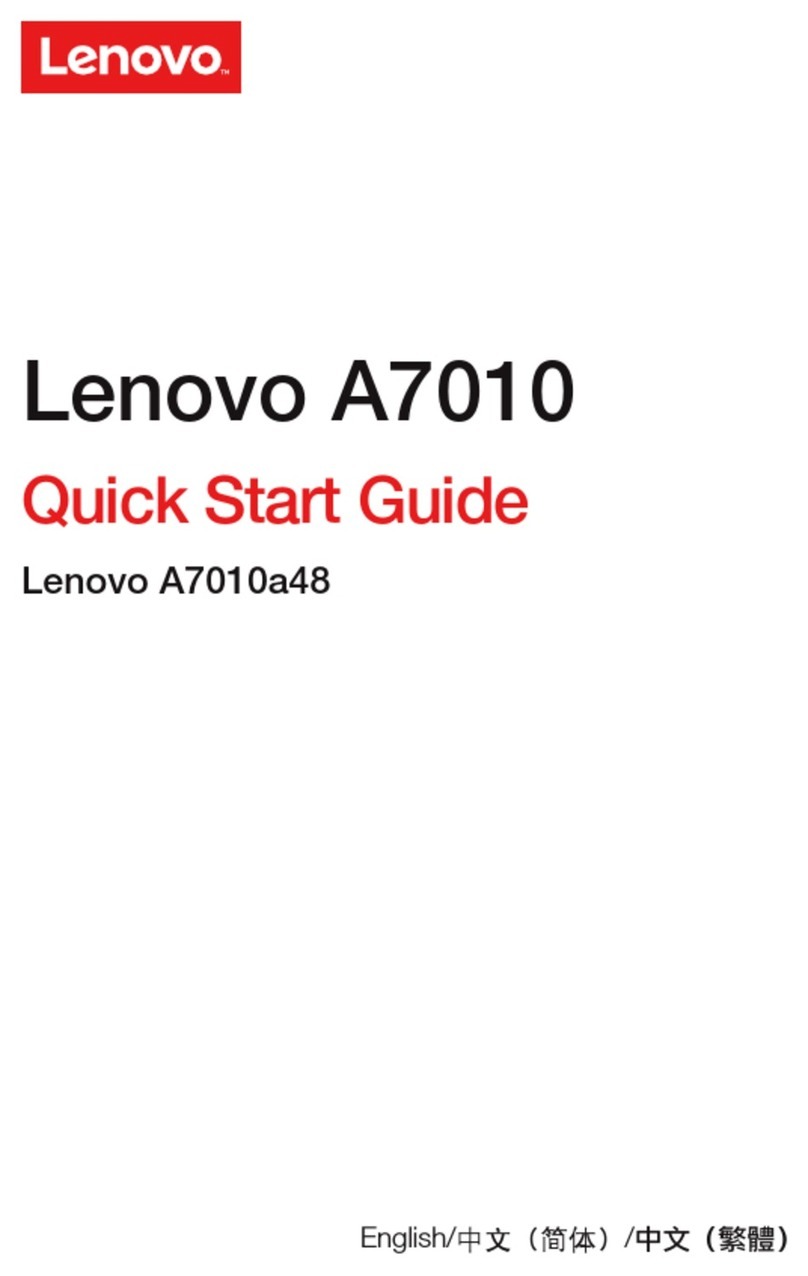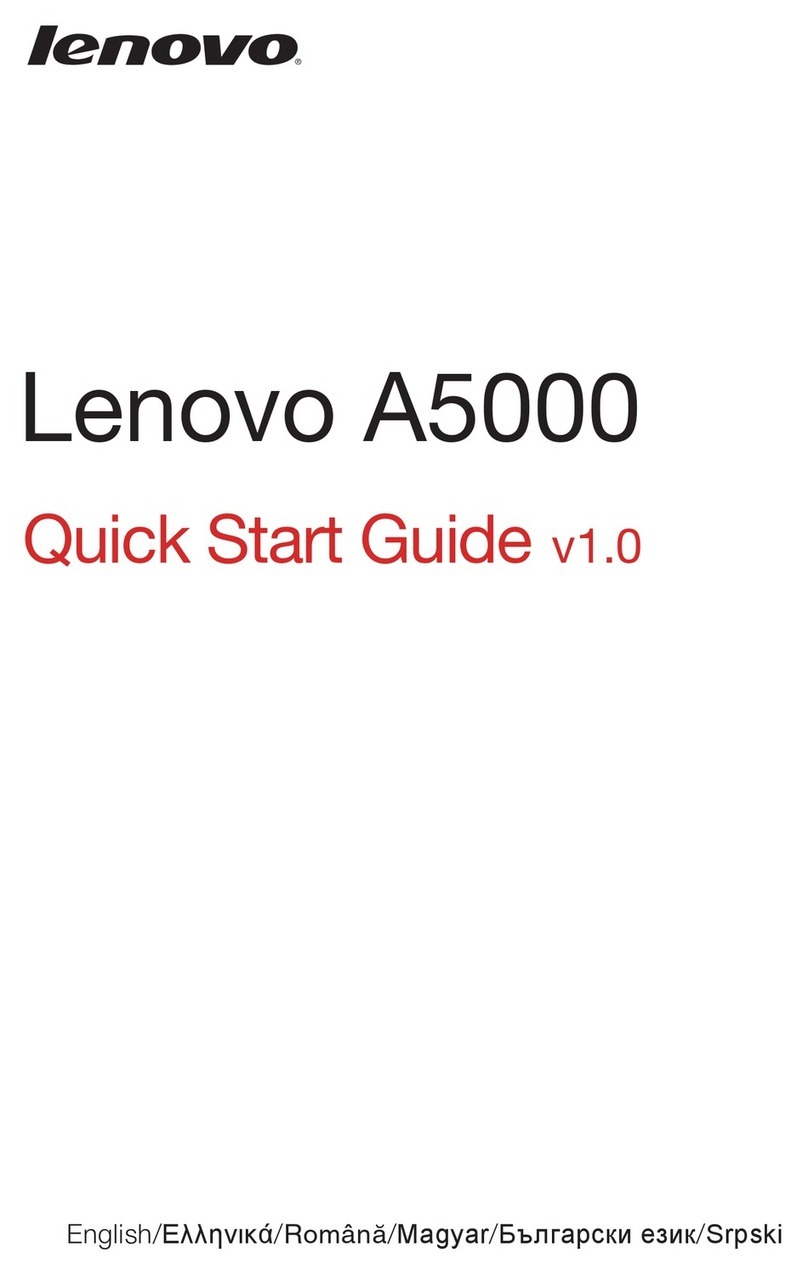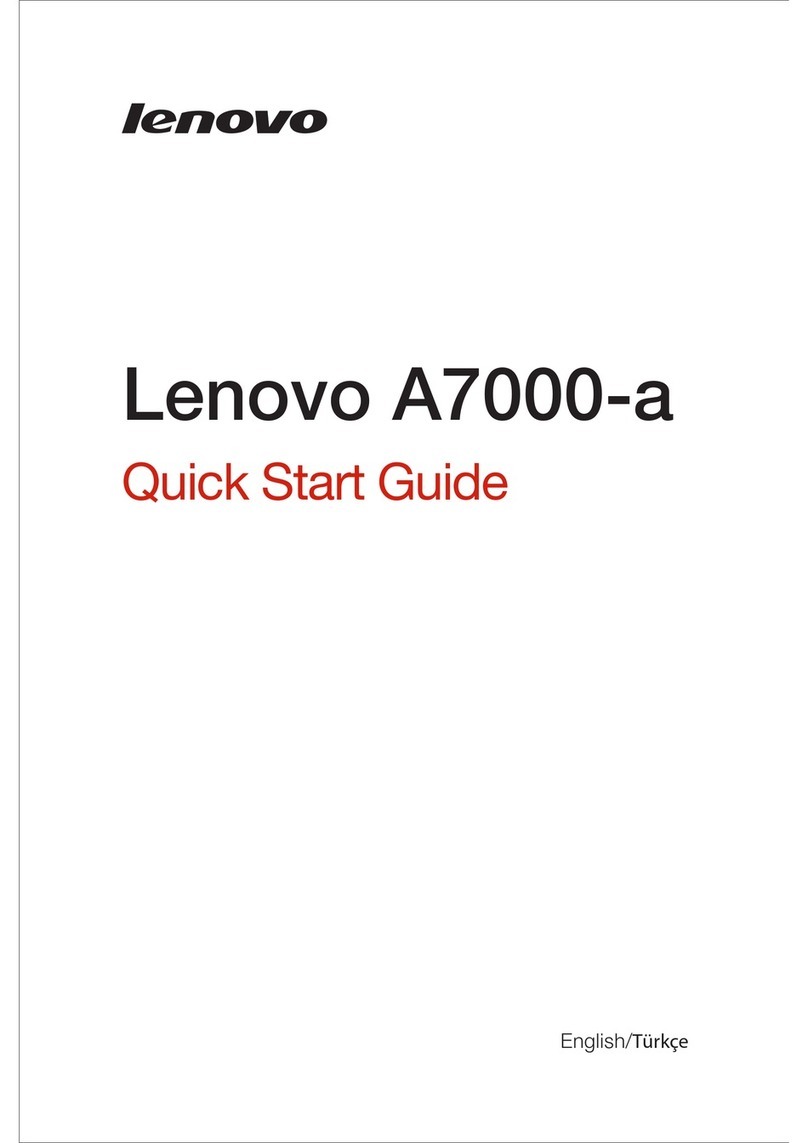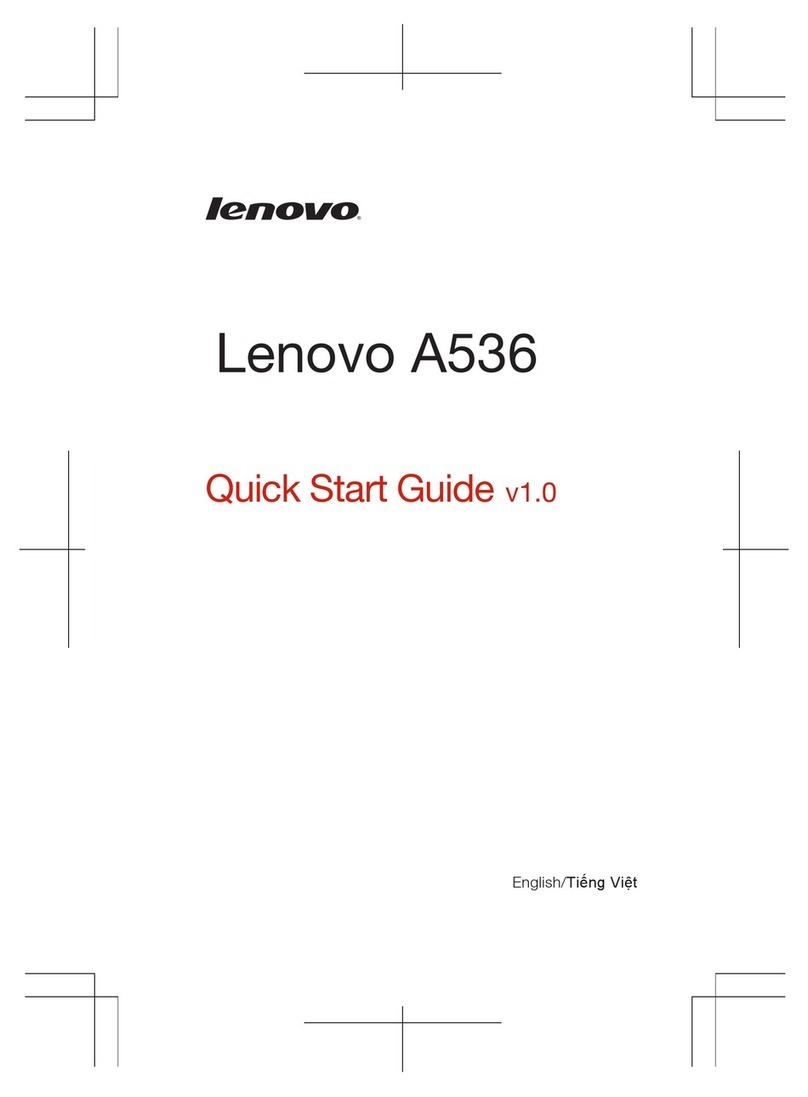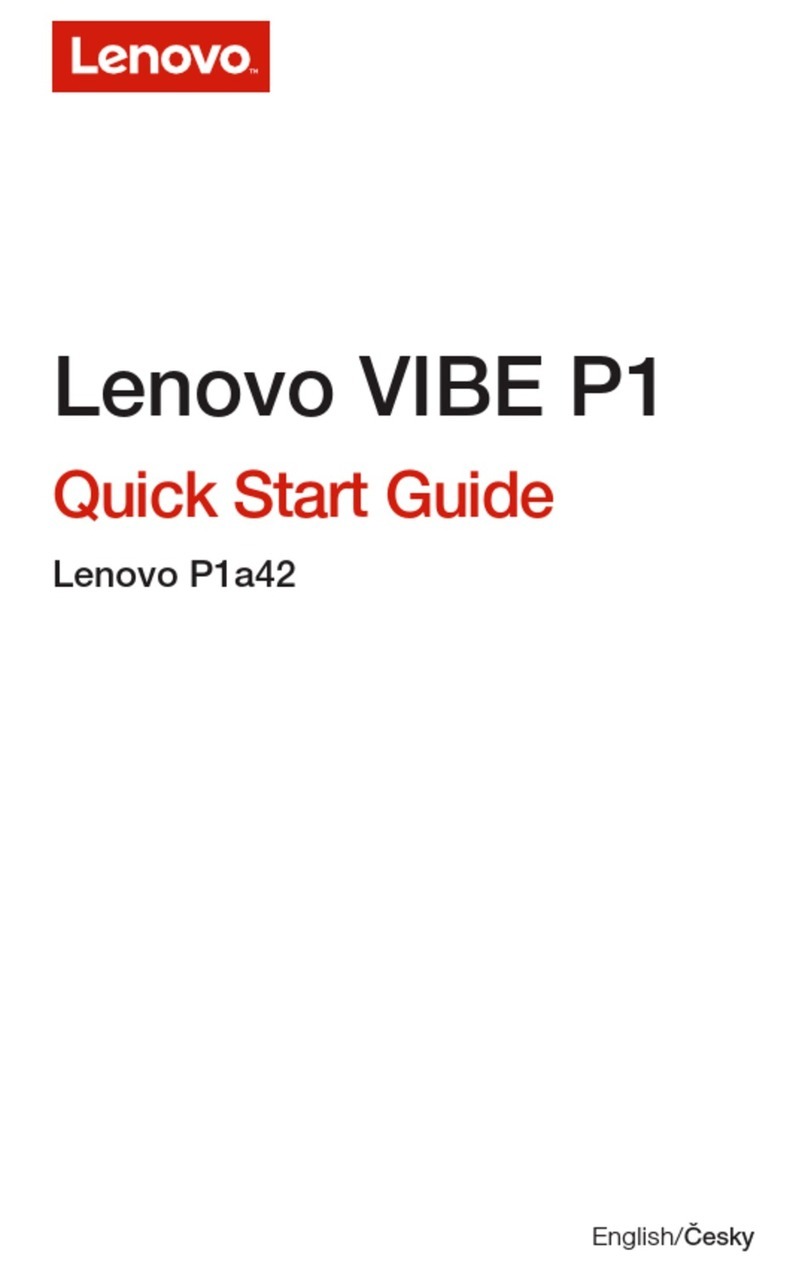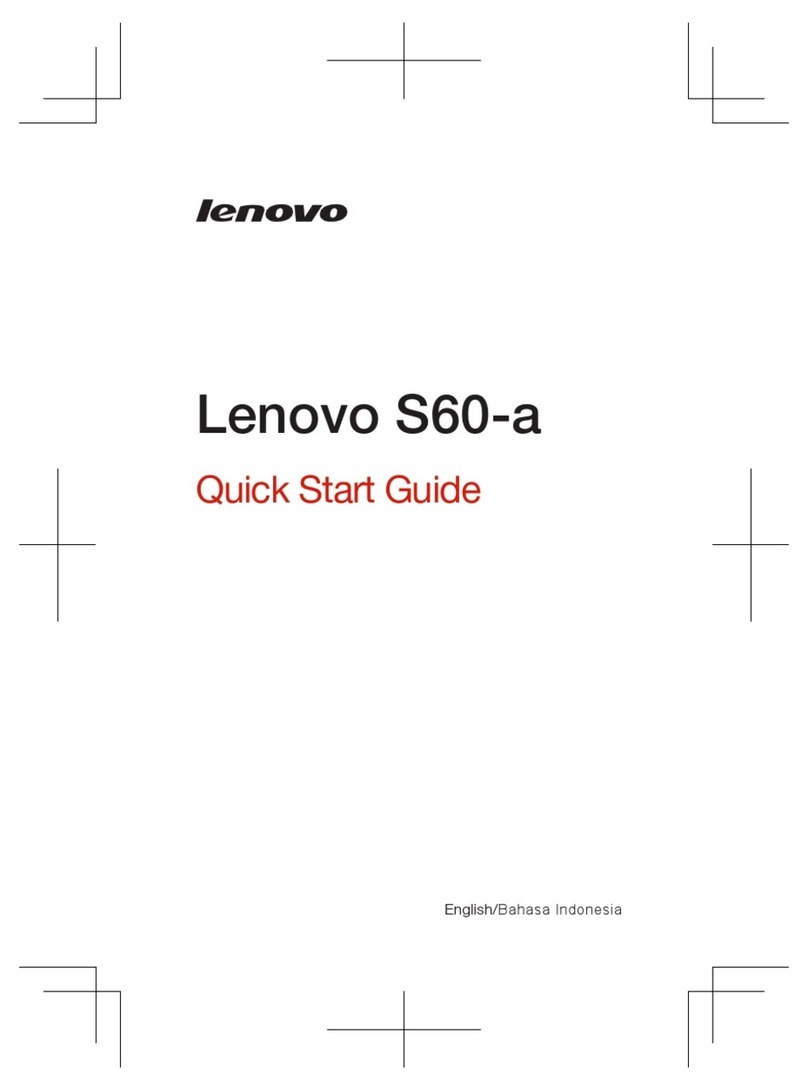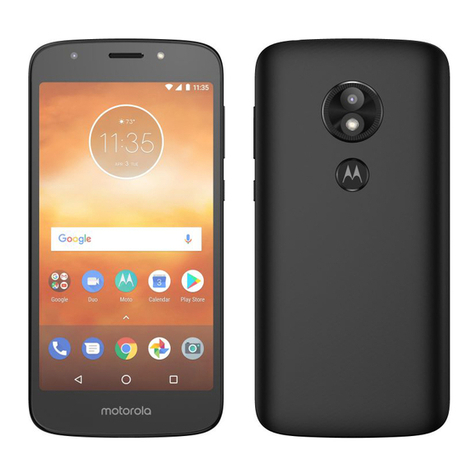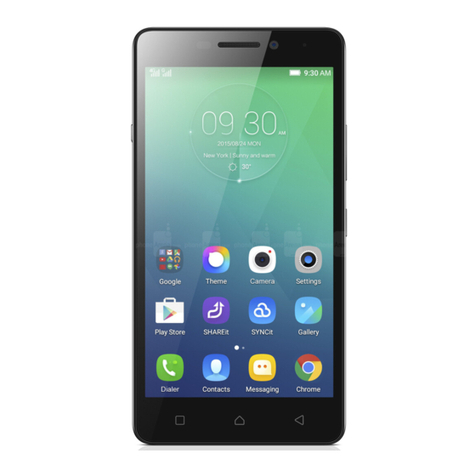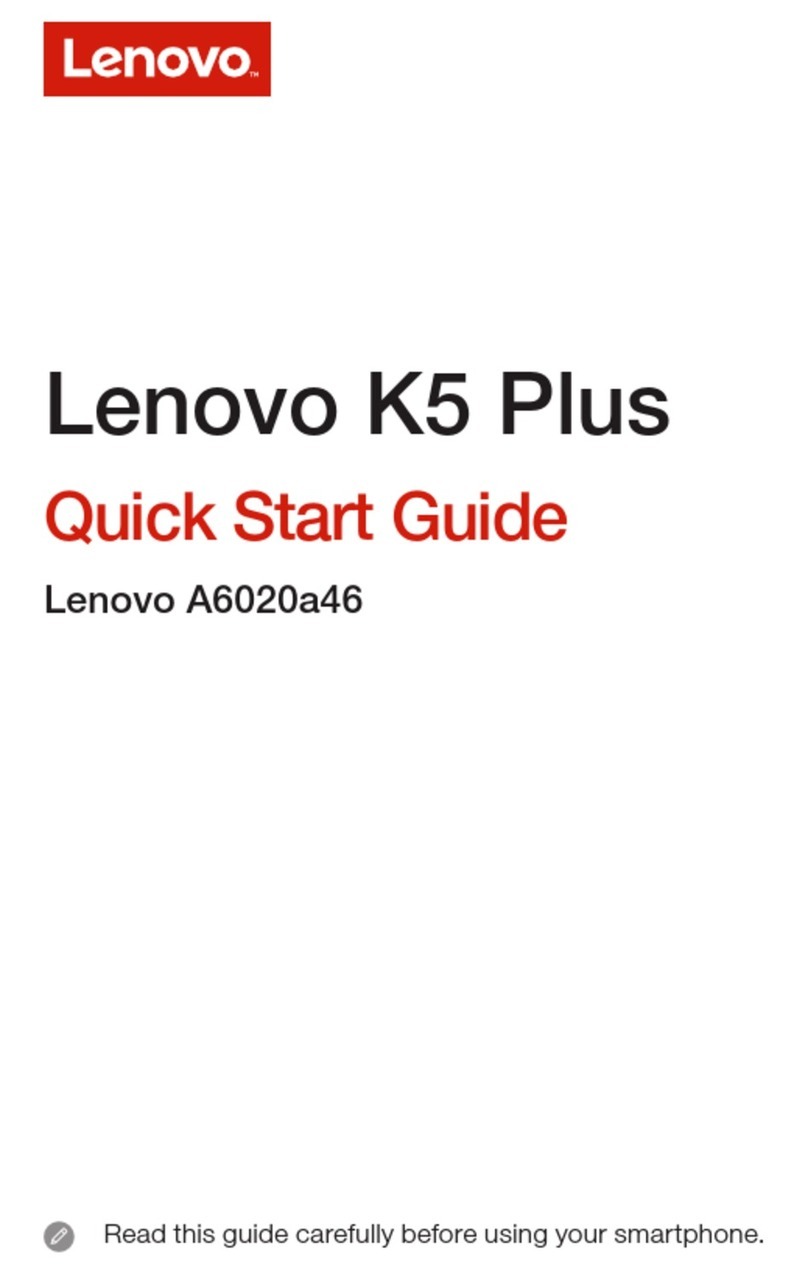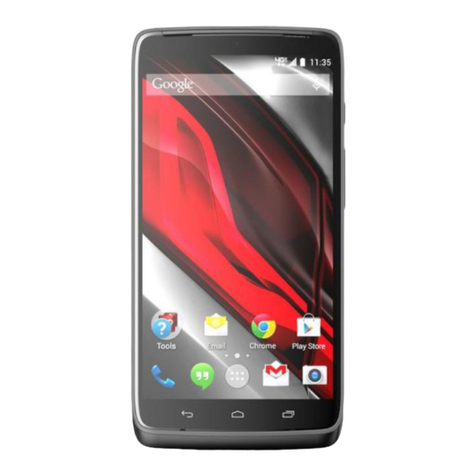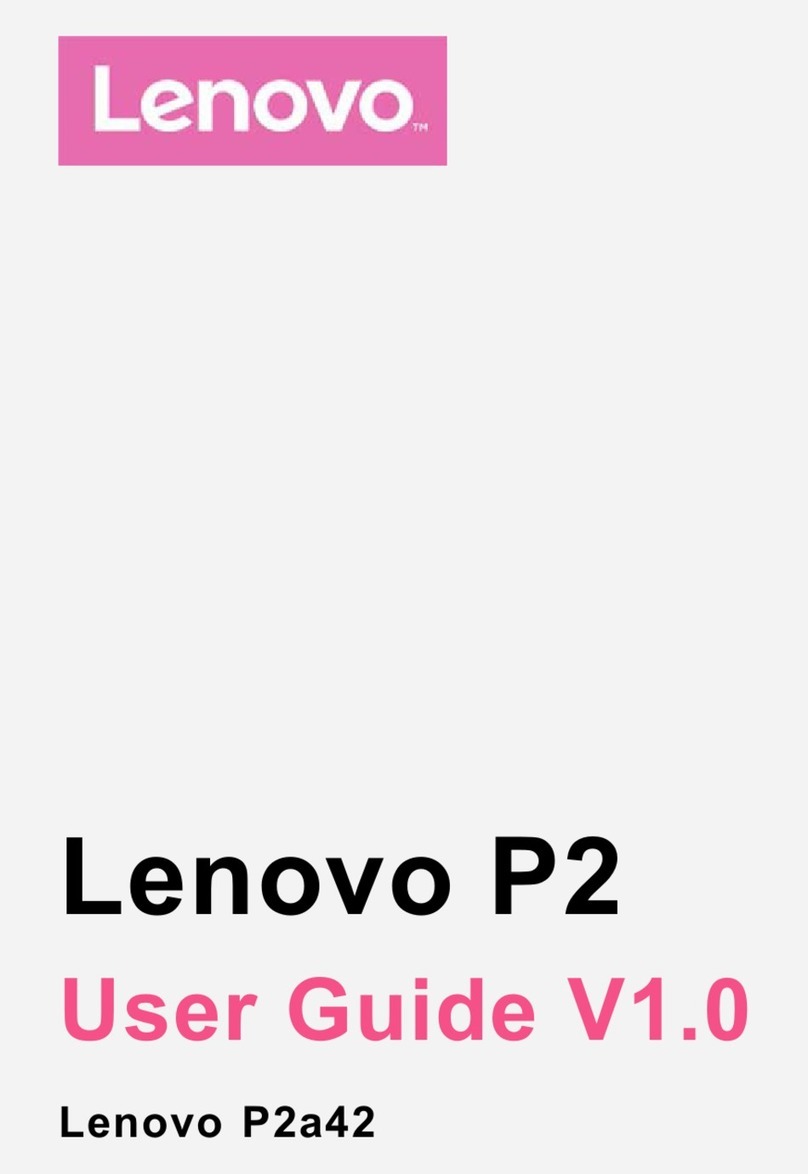
WW Service TS
Contents
1. Technical Specifications...........................................................................................................4
2. Working Principle.....................................................................................................................4
2.1 General Description ......................................................................................................4
2.2 Application processor....................................................................................................7
2.3 Power Management.....................................................................................................12
2.4 Audio Codec ...............................................................................................................18
2.5 Wireless Connectivity.................................................................................................18
2.6 LTE RF Transceiver....................................................................................................19
3. Main board and Sub FPC layout introduction.........................................................................22
3.1 Main board top view...................................................................................................22
3.2 Main board bottom view.............................................................................................23
3.3 Sub FPC top view .......................................................................................................23
3.4 Sub FPC bottom view .................................................................................................24
4. Troubleshooting Procedure.....................................................................................................25
4.1 No Boot.......................................................................................................................25
4.2 Touch panel have no effect..........................................................................................27
4.3 Charging anomaly.......................................................................................................28
4.4 Calling receiver sound has poor quality......................................................................31
4.5 Speaker has no sound..................................................................................................32
4.6 No screen display........................................................................................................34
4.7 Phone crash.................................................................................................................37
4.8 Key has no effect.........................................................................................................39
4.9 Communication signal abnormality............................................................................41
4.10 Calling receiver has no sound.....................................................................................43
4.11 Display color distortion...............................................................................................45
4.12 Speaker tone distortion................................................................................................47
4.13 Speaker tone smaller...................................................................................................49
4.14 No charging.................................................................................................................50
5How to assemble and dissemble LENOVO K910L................................................................41
